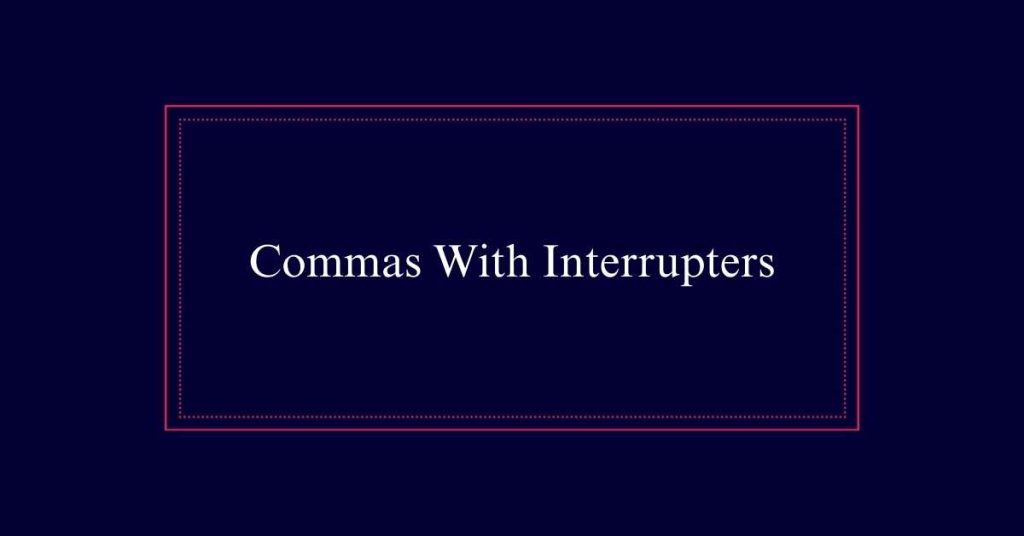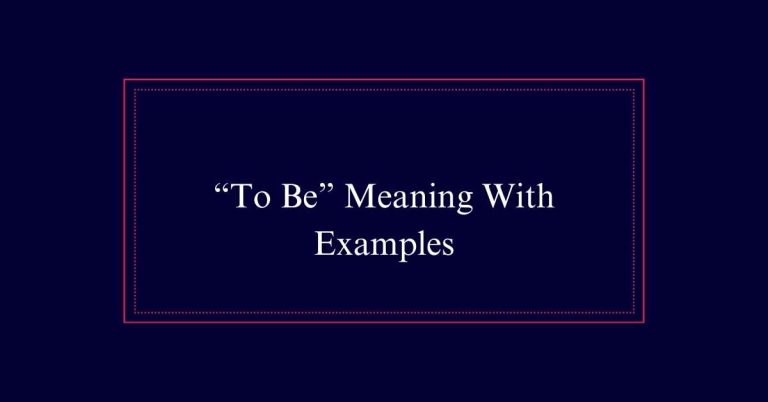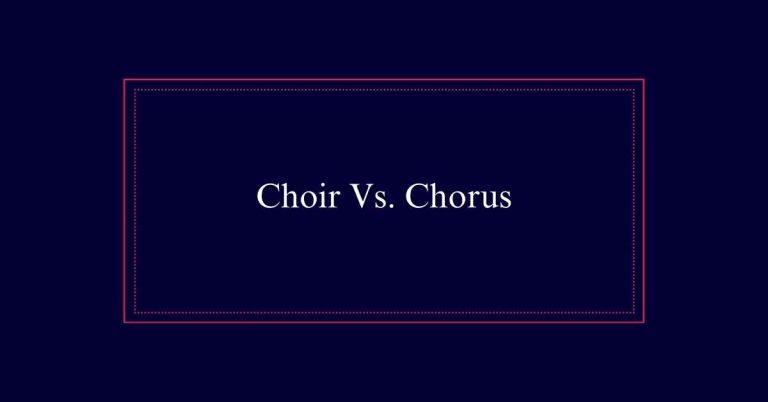Commas With Interrupters
Commas are essential when using interrupters in writing. Interrupters are words or phrases that break the flow of a sentence to add emphasis, emotion, or additional information. For example, phrases like ‘in fact’ or ‘to be honest’ need commas to set them off from the rest of the sentence.
Proper placement of commas around interrupters improves readability and guarantees the intended tone is conveyed. Misplacing commas can cause confusion and dilute the sentence’s meaning. To achieve clear and engaging writing, correctly position commas around interrupters.
What Are Interrupters?
Interrupters are words or phrases inserted into a sentence to add emphasis, emotion, or tone. They are often used to provide additional context or to convey the writer’s attitude. Examples include phrases like ‘in fact,’ ‘as they say,’ and ‘to be honest.’ Names and single words such as ‘however’ or ‘indeed’ can also function as interrupters.
These elements are strategically placed to create a pause, making the sentence more engaging. Interrupters serve to break the flow momentarily, allowing the writer to insert a personal touch or highlight specific points. Recognizing and using interrupters effectively can enrich writing, making it more dynamic and expressive. Proper placement guarantees the sentence remains clear and impactful.
Role of Commas
Properly using commas is essential for ensuring that interrupters do not disrupt the readability of a sentence. Commas set off interrupters, guiding the reader smoothly through the text. This punctuation marks where the interruption begins and ends, enhancing clarity.
| Interrupter | Example Sentence | Effect |
|---|---|---|
| as they say | Queen Victoria was, as they say, a formidable woman. | Adds emphasis |
| in fact | Teachers do, in fact, change lives. | Adds assurance |
| needless to say | The CEO was, needless to say, dismissed. | Adds obviousness |
Identifying Interrupters
Recognizing interrupters in a sentence is essential for accurate comma placement and maintaining clarity. Interrupters are words or phrases that break the flow of a sentence to add emphasis, emotion, or additional information.
Common interrupters include phrases such as ‘in fact,’ ‘needless to say,’ and ‘generally speaking.’ Names can also serve as interrupters, as seen in sentences like, ‘What, Susan, do you think?’

Identifying these elements helps in placing commas correctly to make sure the sentence reads smoothly. Without proper comma placement, the sentence can become confusing. By pausing where the interrupter occurs, one can easily identify where commas are needed, thereby enhancing readability and effective communication.
Emotional Tone in Writing
Emotional tone plays a pivotal role in conveying the writer’s feelings and attitudes in a piece of writing. Through the careful use of words and phrases, writers express emotions like joy, sadness, or anger.
Interrupters, framed by commas, are a key tool in this process. They allow writers to insert emotional nuances without disrupting the sentence flow. For instance, phrases like ‘sadly’ or ‘happily’ can alter the tone greatly. Proper comma placement guarantees these emotional cues are clear to the reader.
Misplaced commas can confuse, diluting the intended sentiment. Therefore, mastering the use of commas with interrupters is essential for effectively communicating emotional undertones in writing. This enhances the reader’s engagement and understanding.
Clarity and Readability
Mastering commas with interrupters not only enhances emotional tone but also greatly improves clarity and readability in writing. Proper comma usage guarantees that the reader easily follows the intended message without confusion.
Clear writing is essential for effective communication. By setting off interrupters with commas, writers make their text more accessible and engaging.
Here are four key benefits of using commas with interrupters:
- Enhanced Understanding: Readers can quickly grasp the sentence structure.
- Reduced Ambiguity: Clear separation of ideas prevents misinterpretation.
- Improved Flow: Sentences read more smoothly, maintaining reader interest.
- Emphasis on Important Points: Interrupters stand out, highlighting vital information.
Common Interrupter Phrases
Common interrupter phrases, such as ‘to be honest’ and ‘for example,’ add nuance and clarity to sentences. These phrases provide additional context or tone without altering the core meaning. Recognizing and properly punctuating these interrupters is essential for effective communication. Below is a table of common interrupter phrases and their uses:
| Interrupter Phrase | Use Case | Example |
|---|---|---|
| To be honest | Expressing honesty | “To be honest, I didn’t like the movie.” |
| For example | Giving an example | “Many fruits, for example, apples and oranges, are healthy.” |
| On the other hand | Presenting contrast | “The weather is nice; on the other hand, it’s quite windy.” |
| In fact | Emphasizing a point | “Teachers do, in fact, change lives.” |
Understanding these phrases will enhance your writing.
Examples in Sentences
In sentences, interrupters are enclosed by commas to guarantee clarity and preserve the flow of the text. Examples illustrate how commas set off these phrases, ensuring the sentence remains clear and understandable.
Consider these sentences:
- ‘Queen Victoria was, as they say, a formidable woman.’
- ‘Teachers do, in fact, change lives.’
- ‘What, Susan, do you think?’
- ‘Having demonstrated a decided lack of ethics, the CEO was, needless to say, dismissed from the company.’
Avoiding Confusion
Proper comma placement around interrupters not only enhances readability but also prevents confusion in the sentence. When interrupters are correctly punctuated, the reader can easily distinguish the main clause from the additional information.
This clarity is vital in complex sentences where multiple ideas are presented. For example, consider the sentence, ‘The CEO was, needless to say, dismissed.’ Without commas, the phrase would be muddled, leading to misunderstanding. Incorrect placement can change the sentence’s meaning or make it difficult to follow.
Ensuring proper comma usage around interrupters, hence, is essential for maintaining clear and effective communication. By doing so, writers can convey their intended message without ambiguity. This practice is a fundamental aspect of good writing.
Enhancing Communication
Using commas correctly with interrupters greatly enhances communication by ensuring the reader understands the intended message.
Interrupters, such as ‘in fact’ or ‘sadly,’ add tone and emotion but can disrupt readability if not properly set off by commas.
Here are four key benefits:
- Clarity: Proper comma placement makes sentences easier to read.
- Emphasis: Commas highlight the importance of the interrupter.
- Flow: They maintain the natural rhythm of the sentence.
- Precision: Correct usage prevents misinterpretation of the message.
Frequently Asked Questions
How Do Interrupters Differ From Parenthetical Elements?
Interrupters and parenthetical elements both add extra information to sentences. However, interrupters break the flow and need commas, while parenthetical elements provide supplementary details and can use commas, parentheses, or dashes for separation.
Can Interrupters Be Used at the Beginning or End of Sentences?
Interrupters typically occur within sentences, but they can appear at the beginning or end. When used at the start or end, they still need commas to separate them from the main sentence, ensuring clarity.
How Do Interrupters Impact Formal Academic Writing?
Interrupters in formal academic writing add clarity and emphasis. They provide additional context or nuance, enhancing the reader’s understanding. Proper use of interrupters guarantees effective communication, though their overuse can disrupt the flow and coherence.
Can Interrupters Be Used in Dialogue Effectively?
Yes, interrupters can be effectively used in dialogue. They add realism to characters’ speech by reflecting natural pauses and thoughts. Proper comma placement guarantees clarity and enhances the conversational flow in written dialogue.






